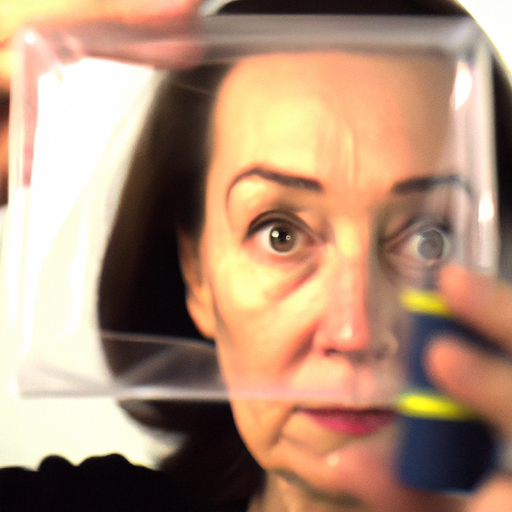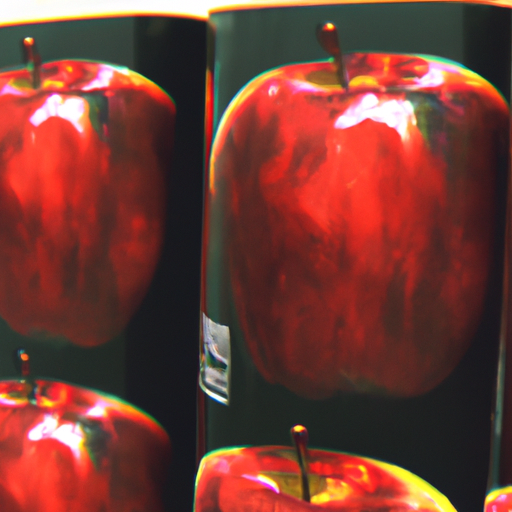
-
Table of Contents
Graphic Design for Packaging Sustainability

Graphic design plays a crucial role in packaging sustainability. As consumers become more conscious of the environmental impact of their choices, businesses are under increasing pressure to adopt sustainable practices. Packaging, in particular, has a significant impact on the environment due to its production, use, and disposal. In this article, we will explore the importance of graphic design in promoting packaging sustainability and discuss various strategies and examples that can be implemented.
The Role of Graphic Design in Packaging Sustainability
Graphic design is not just about creating visually appealing packaging; it also plays a vital role in conveying information and influencing consumer behavior. When it comes to sustainability, graphic design can help educate consumers about the environmental impact of packaging materials and encourage them to make more sustainable choices. Here are some key ways in which graphic design contributes to packaging sustainability:
- Material Selection: Graphic designers can collaborate with packaging engineers and sustainability experts to choose eco-friendly materials for packaging. By considering factors such as recyclability, biodegradability, and renewable resources, designers can create packaging that minimizes its environmental impact.
- Visual Communication: Graphic design can effectively communicate the sustainability features of a product’s packaging. Through the use of icons, symbols, and infographics, designers can highlight attributes such as recyclability, compostability, and reduced carbon footprint.
- Reducing Waste: Designers can play a crucial role in reducing packaging waste by optimizing the size and shape of packaging. By minimizing excess materials and using efficient design techniques, packaging can be made more compact and lightweight, reducing transportation costs and environmental impact.
- Extended Lifecycle: Graphic design can also contribute to extending the lifecycle of packaging materials. By creating visually appealing and durable designs, packaging can be repurposed or reused by consumers, reducing the need for single-use packaging.
Case Studies: Successful Examples of Graphic Design for Packaging Sustainability
Several companies have successfully implemented graphic design strategies to promote packaging sustainability. Let’s explore some notable case studies:
1. Method
Method, a cleaning product company, is known for its innovative and sustainable packaging designs. Their packaging features bold and colorful graphics that communicate the eco-friendly nature of their products. For example, their laundry detergent bottles are made from 100% post-consumer recycled plastic and are designed to be easily recyclable. The packaging design prominently displays the recycling symbol and includes clear instructions on how to recycle the bottle properly.
2. Innocent Drinks
Innocent Drinks, a popular smoothie brand, has embraced sustainable packaging through their “Green Caps” initiative. The company redesigned their bottle caps to be made from 50% recycled plastic, reducing their environmental impact. The graphic design on the caps includes a simple message encouraging consumers to recycle the caps after use, further promoting sustainability.
3. Lush
Lush, a cosmetics company, is known for its commitment to sustainability. Their packaging designs often feature minimalistic and reusable containers. For example, their solid shampoo bars are packaged in a reusable tin, eliminating the need for single-use plastic bottles. The graphic design on the tin highlights its reusability and encourages customers to return the tin for a discount on their next purchase.
Statistics on Packaging Sustainability
Statistics can provide valuable insights into the current state of packaging sustainability. Here are some key statistics:
- According to the Ellen MacArthur Foundation, only 14% of plastic packaging is recycled globally, resulting in significant environmental pollution.
- A study by the World Wildlife Fund (WWF) found that if the current trend continues, the weight of plastic packaging in the oceans could exceed the weight of fish by 2050.
- The Sustainable Packaging Coalition reports that sustainable packaging can lead to a 20-30% reduction in greenhouse gas emissions compared to traditional packaging.
- A survey conducted by Nielsen found that 66% of consumers are willing to pay more for products from sustainable brands.
Conclusion
Graphic design plays a crucial role in promoting packaging sustainability. By selecting eco-friendly materials, effectively communicating sustainability features, reducing waste, and extending the lifecycle of packaging, designers can contribute to a more sustainable future. Successful case studies from companies like Method, Innocent Drinks, and Lush demonstrate the positive impact of graphic design on packaging sustainability. As consumers become increasingly aware of the environmental impact of packaging, businesses must prioritize sustainable design practices to meet consumer demands and reduce their ecological footprint.
